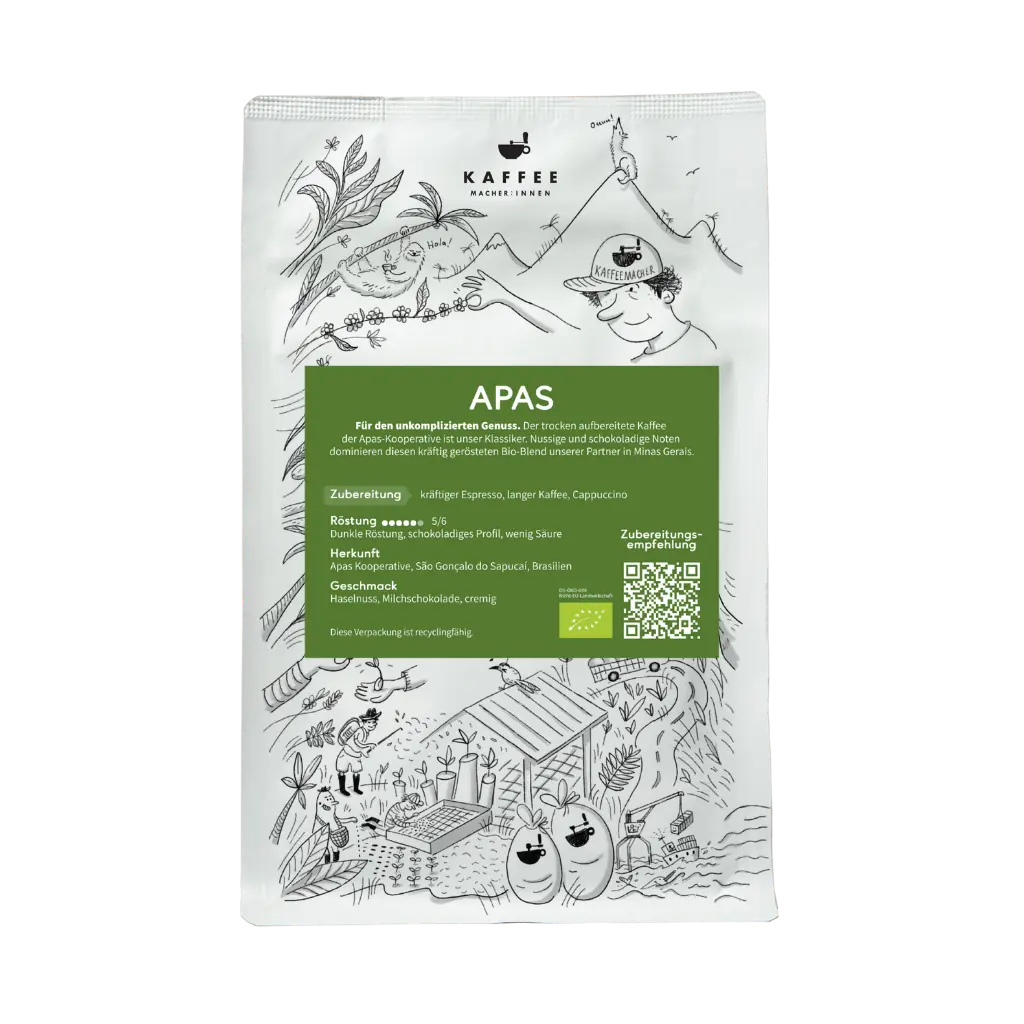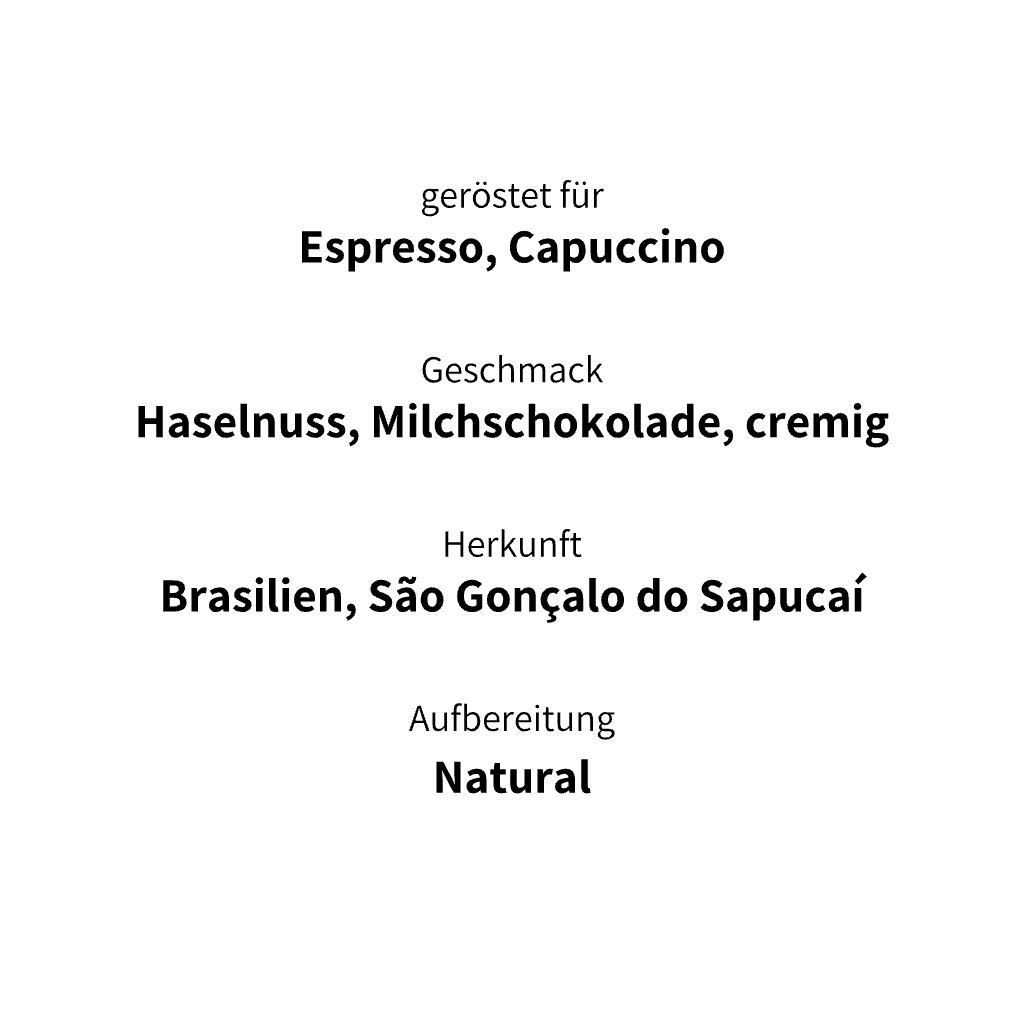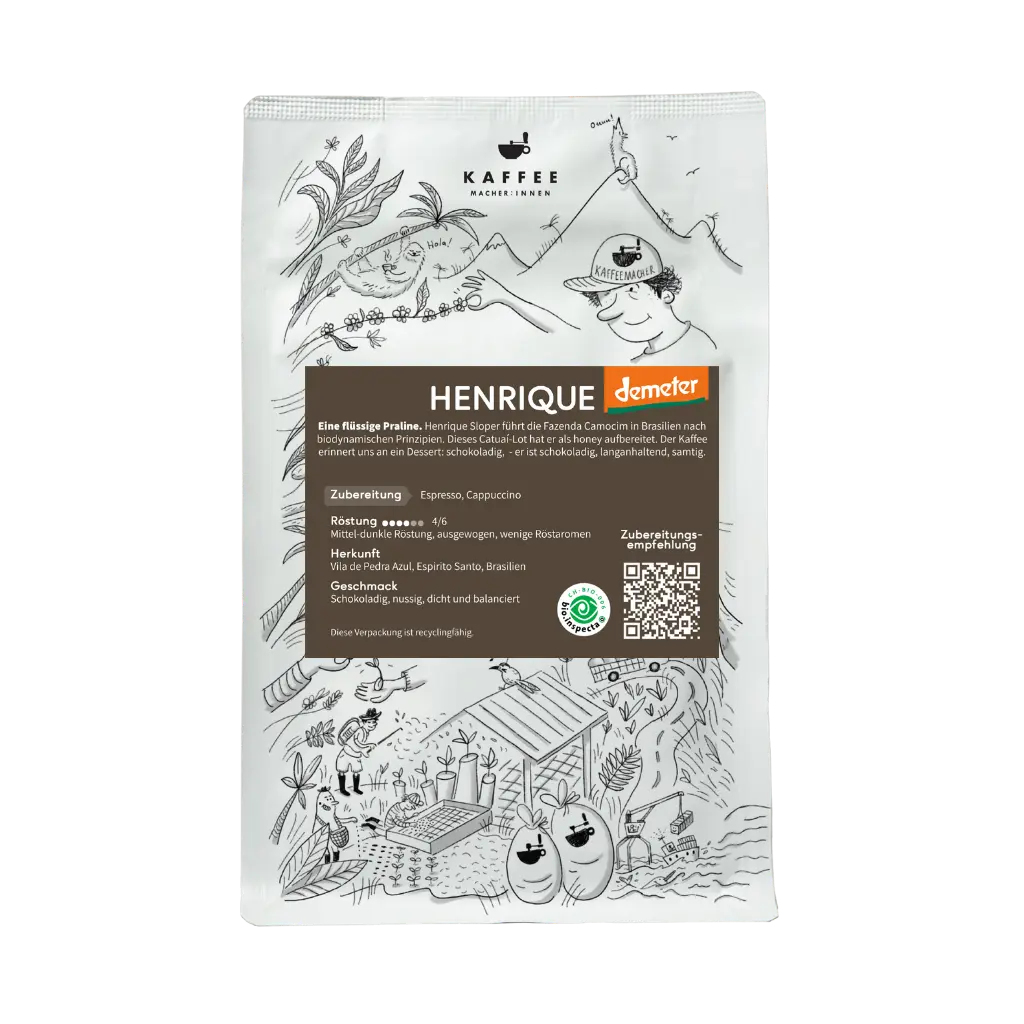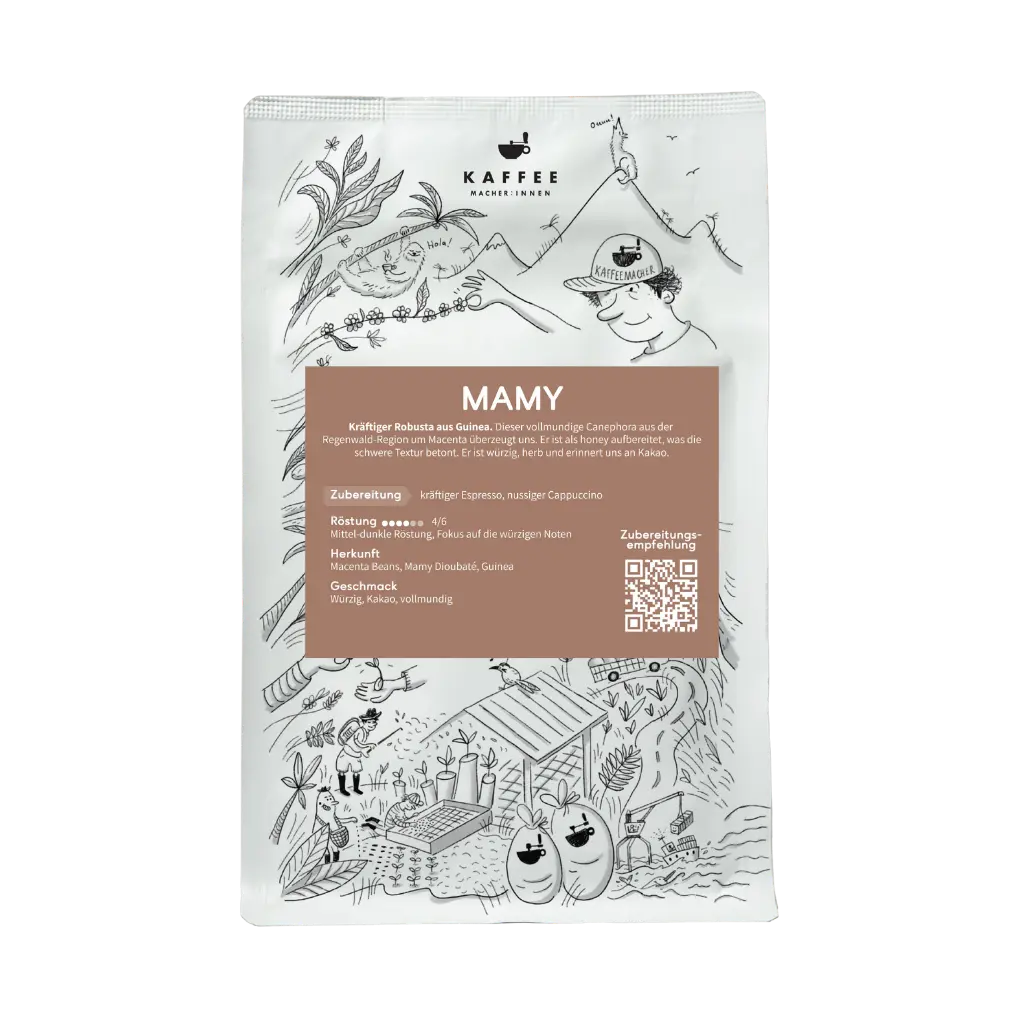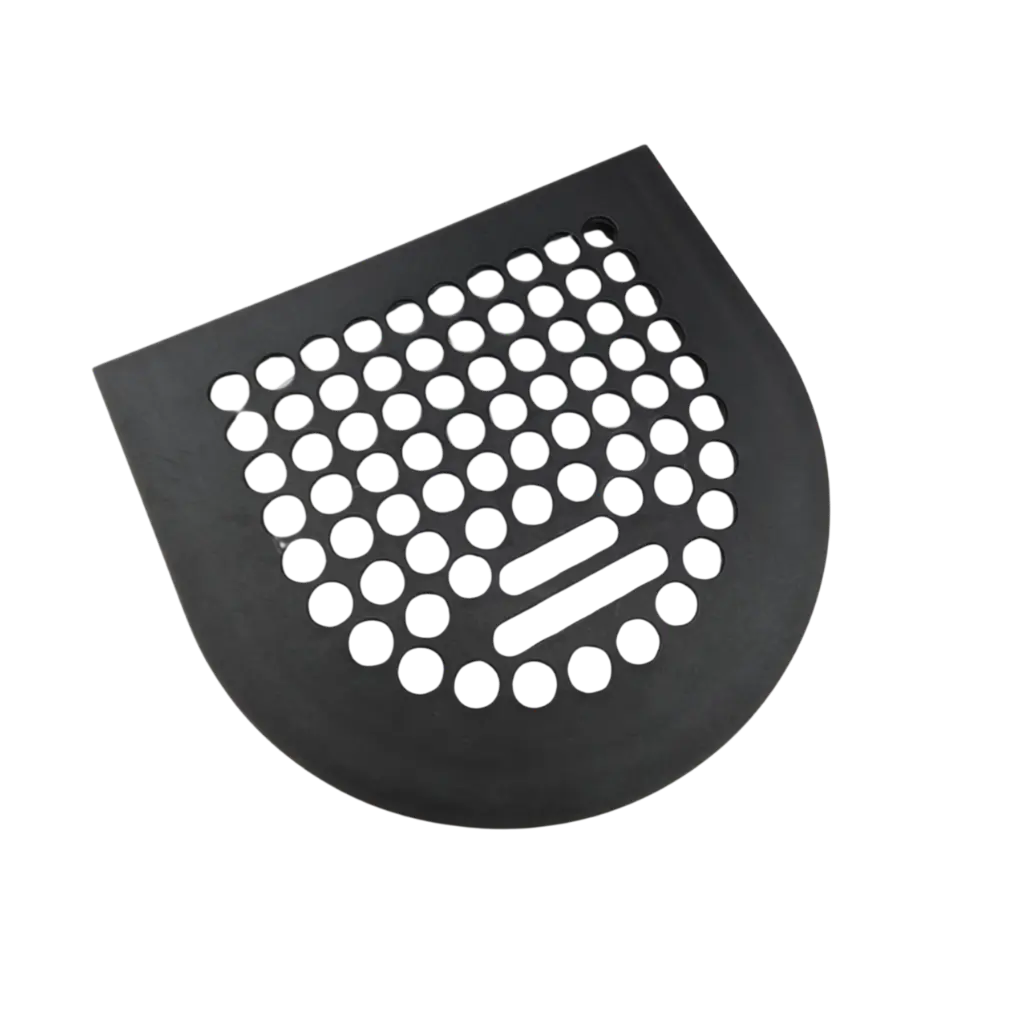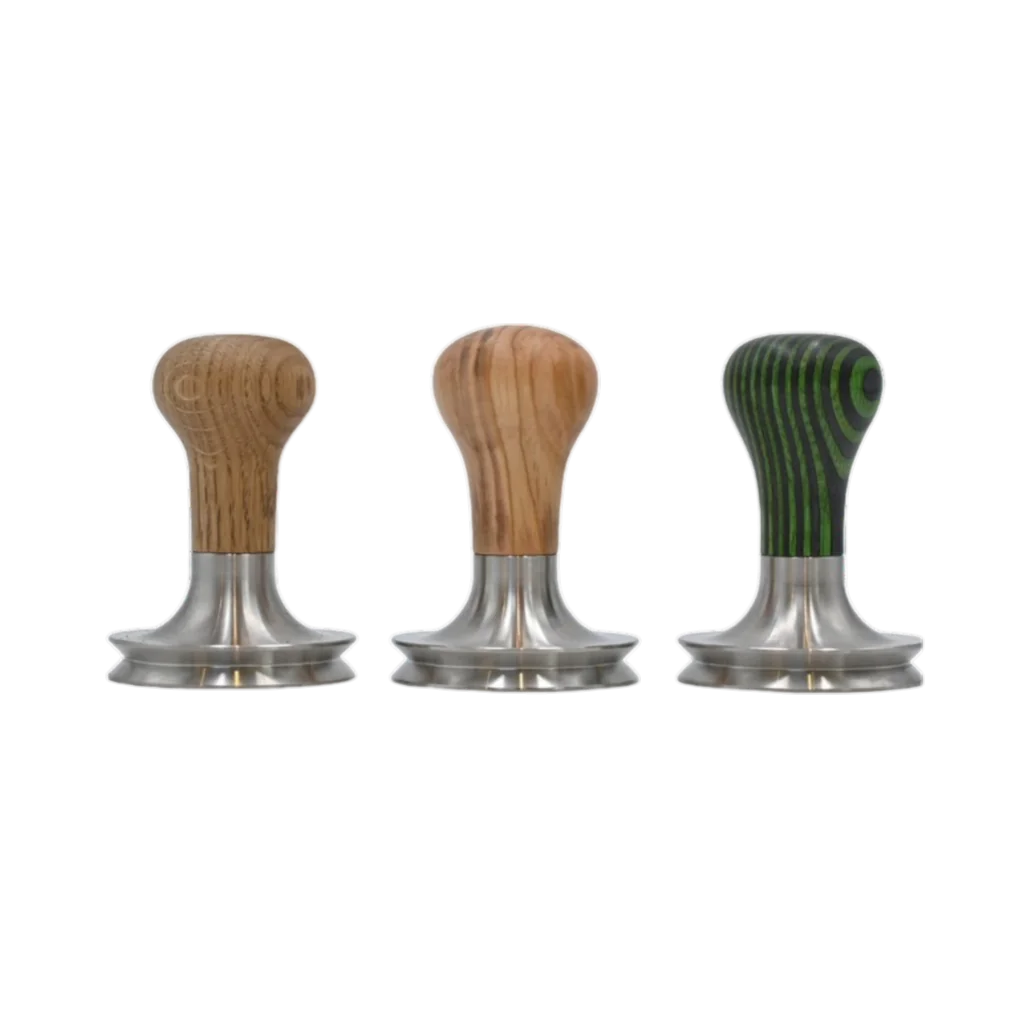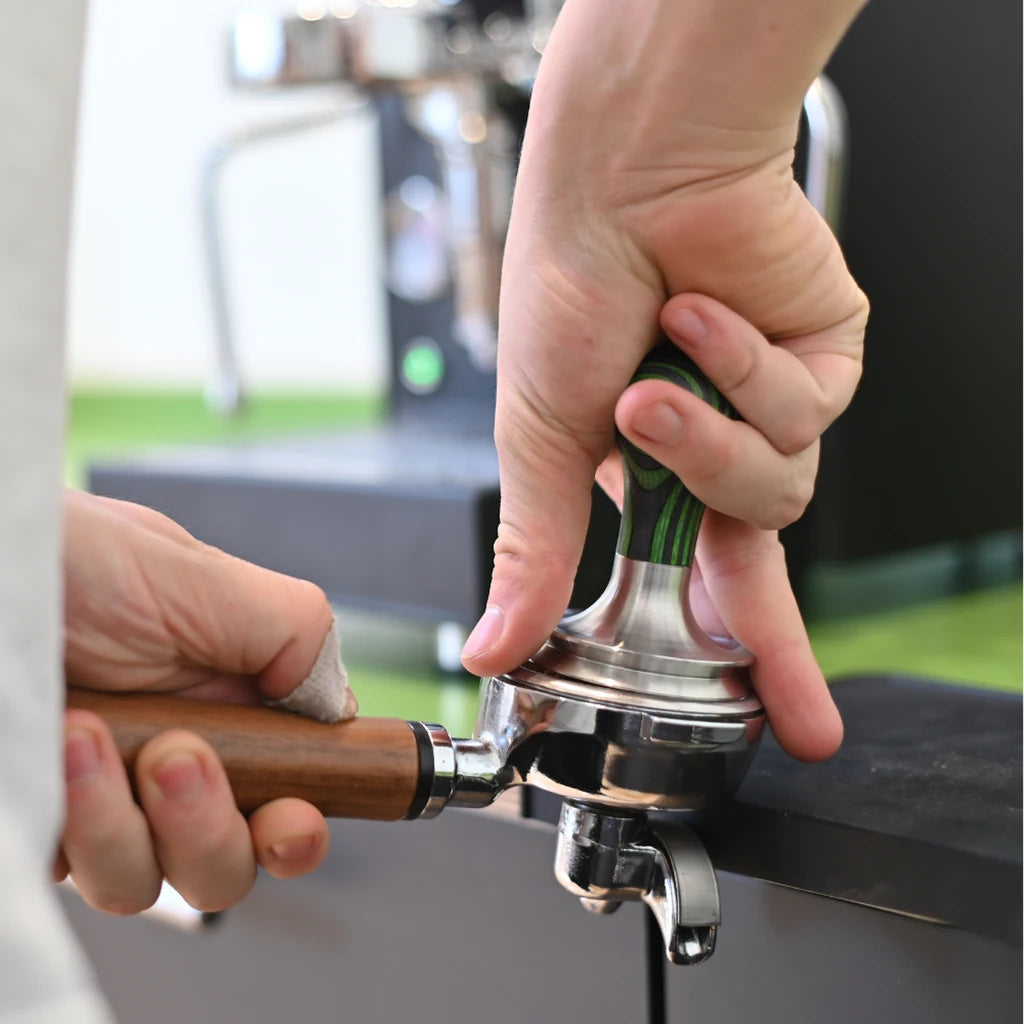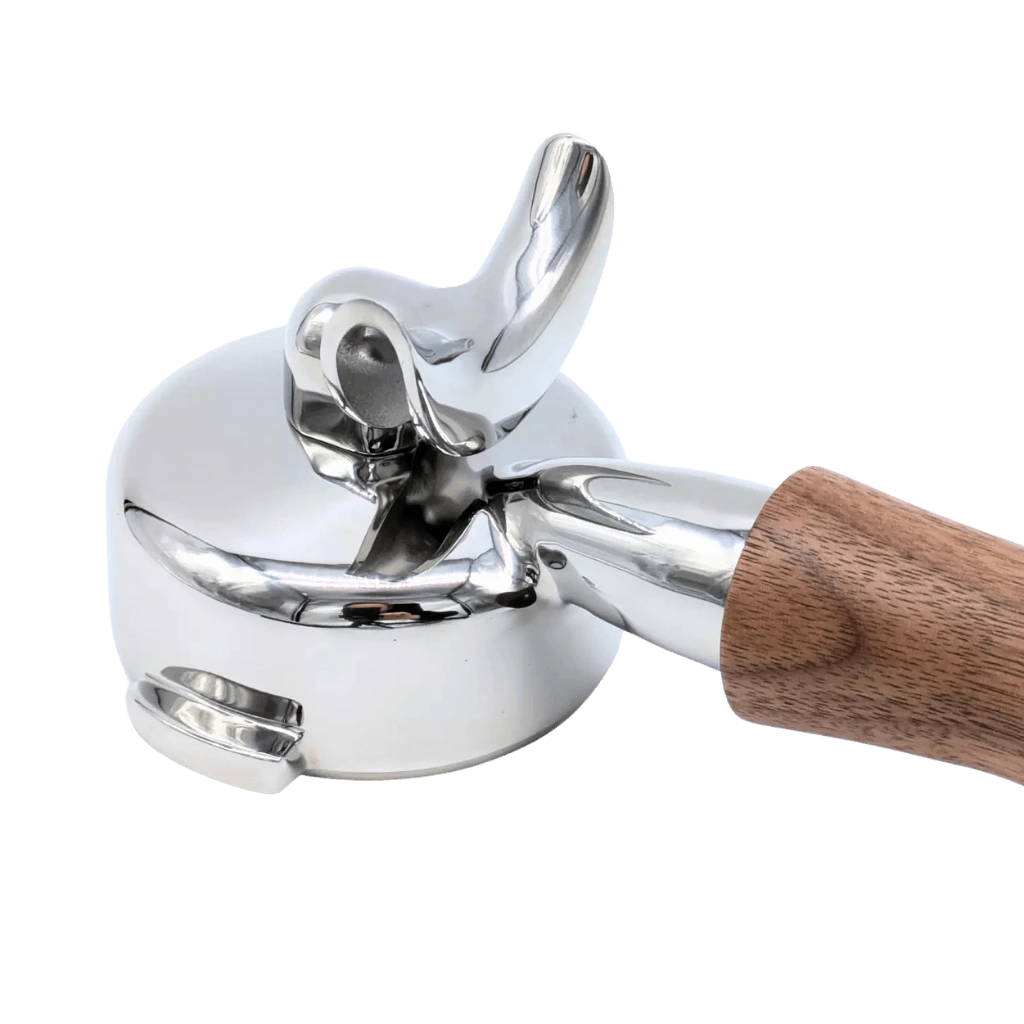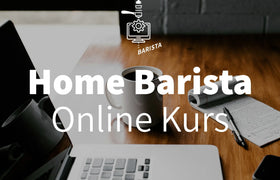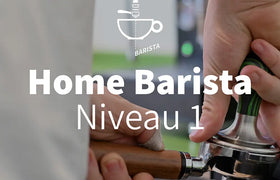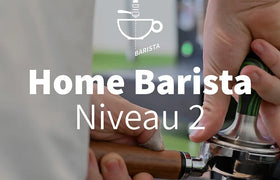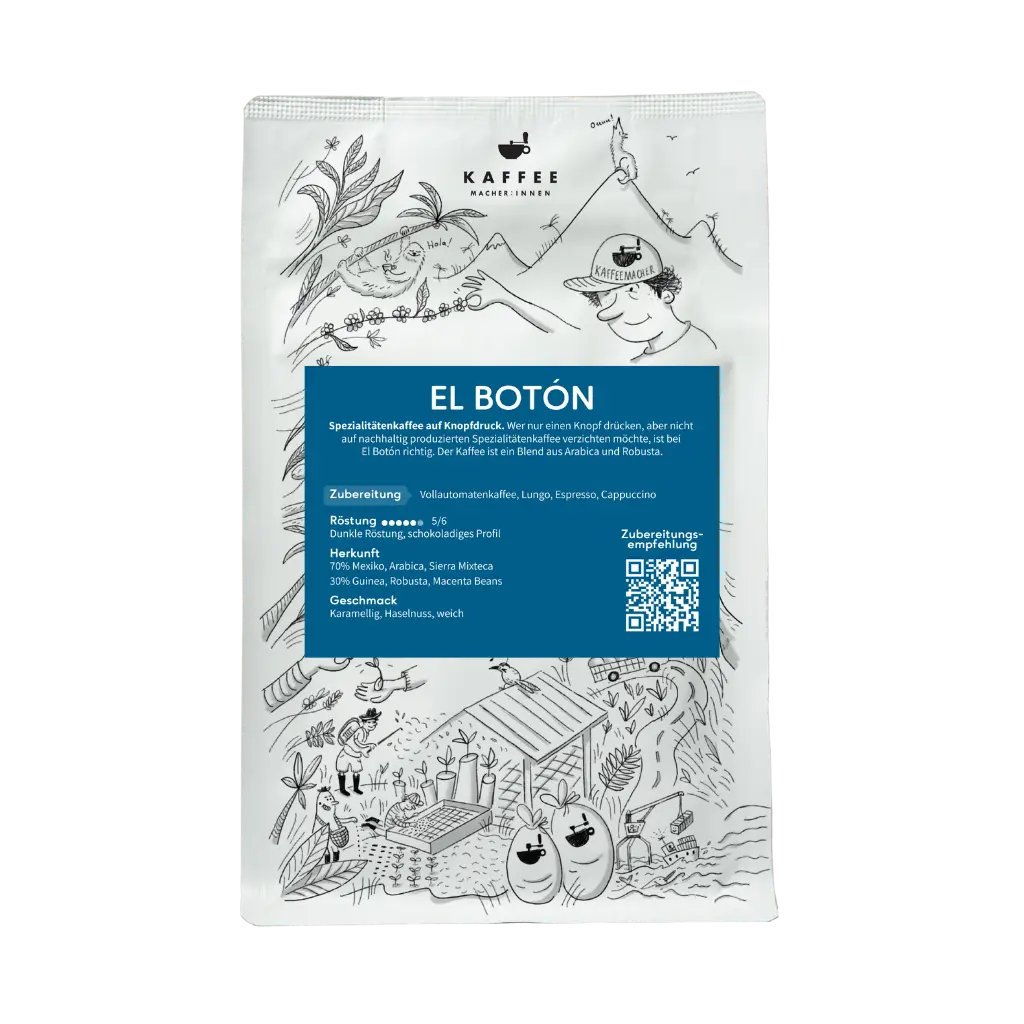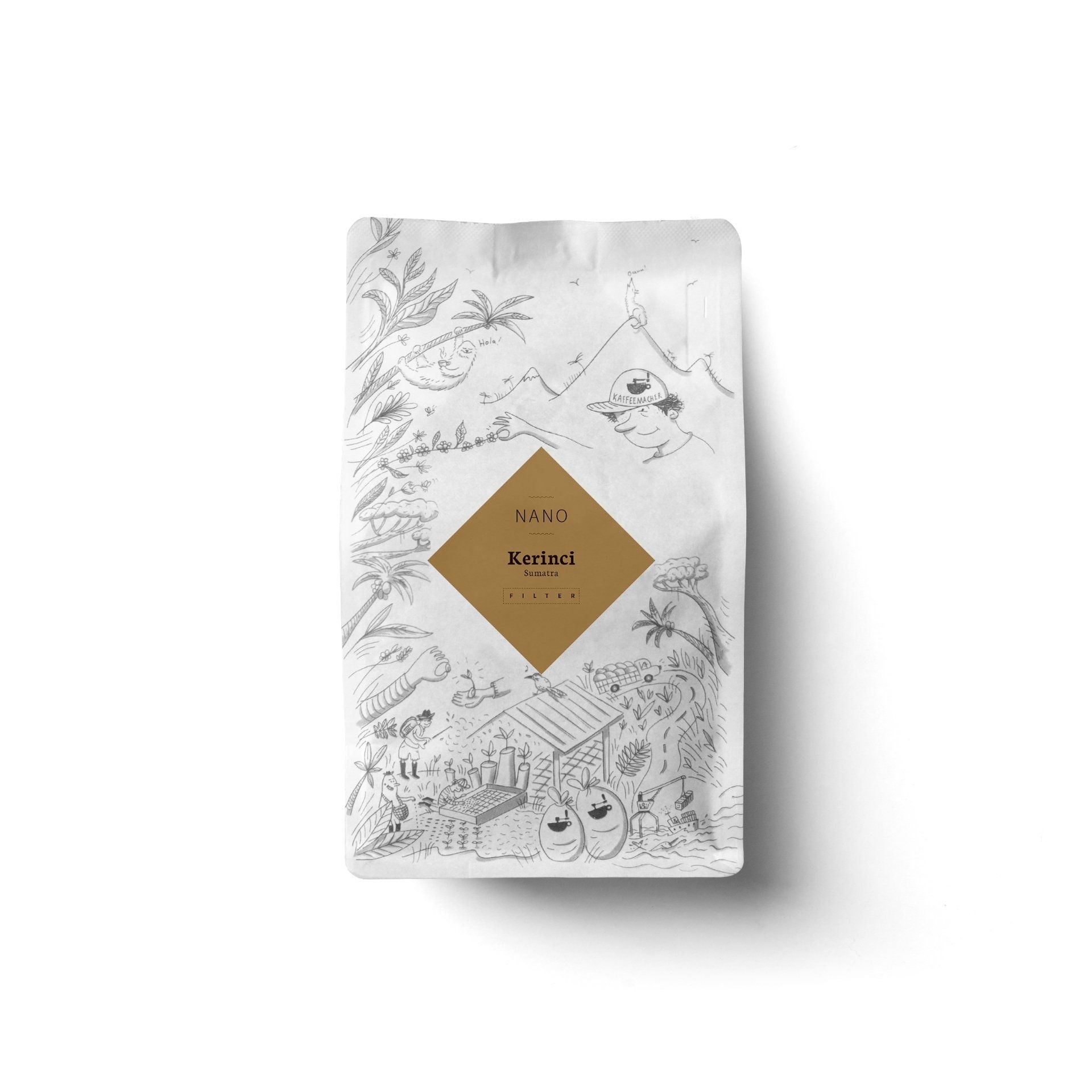
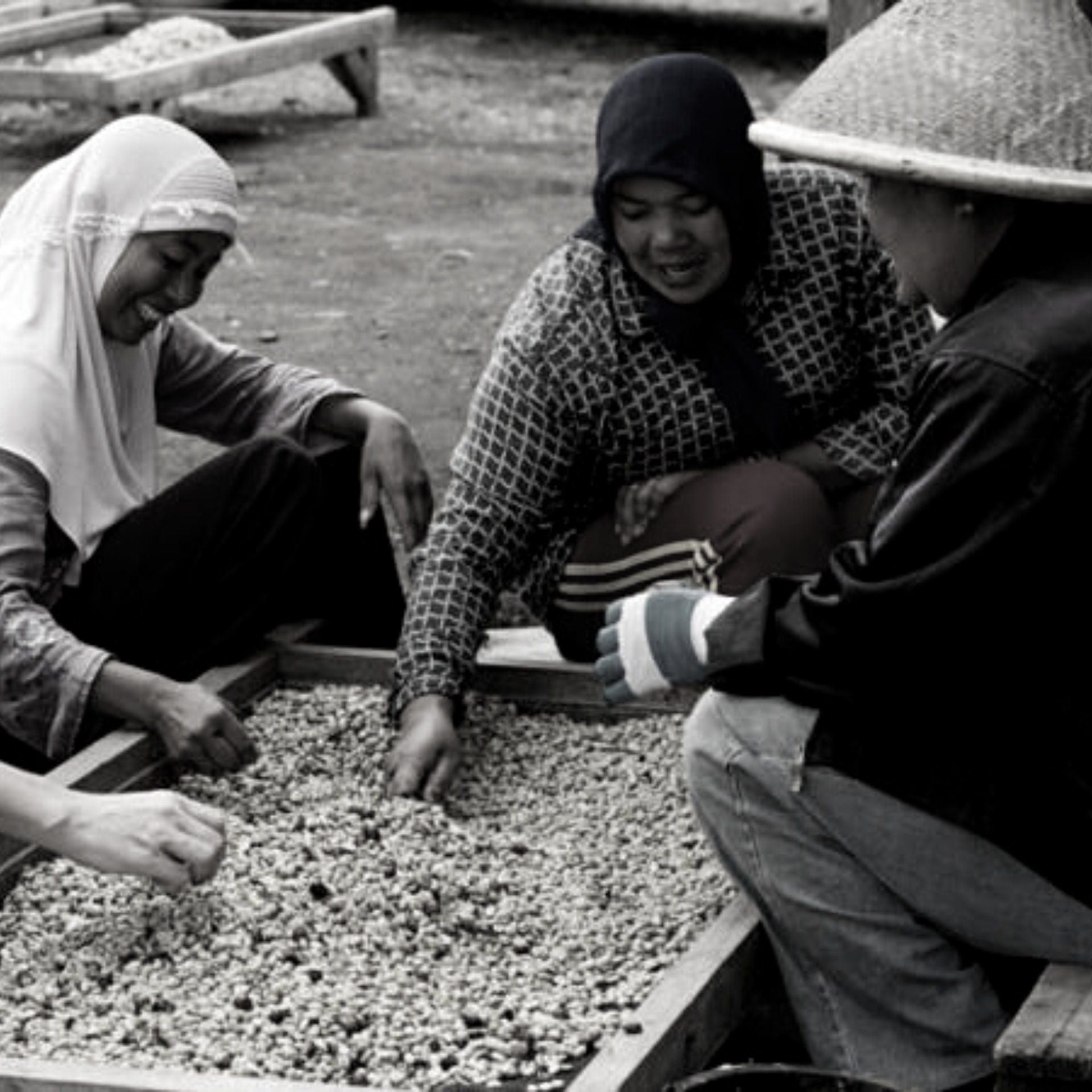

Kerinci, filter coffee
This coffee is unfortunately sold out, but we plan to have it back with the next harvest .
And suddenly everything is different - our first honey coffee from Sumatra, which breaks with everything you think about this coffee. In addition to the heaviness, this coffee is simply very fruity and complex. The acidity is juicy and the aftertaste is pleasantly bitter. This coffee shows what is possible when traditions are broken and coffee drinkers are prepared to forget what they have learned.
Roasted for filter
green coffee information
Origin: Sumatra, Kerinci Highlands
Producers: Sungai Lintang Coffee
Varieties: Andung Sari, Sigararutang, P88, Tim-Tim, Bor-Boron
Post-harvest process: depulped, dried with mucilage on the seed (honey)
Tell me more about Kerinci
Coffees from Indonesia are underrepresented in this country. There are numerous historical reasons for this, as well as geographical ones. The taste profiles of coffees from Sumatra are often heavy, spicy, darkly fruity, tart, and sometimes herbaceous. We recently received a microlot from a friend for a sensory course. "Try it," she said - we were stunned. We knew it was a coffee from Indonesia (so about as accurate as "wine from France"), but we thought it had to be a coffee from Papua New Guinea. So fruity, so full, so different - but no, it was a microlot from Sumatra in the Kerinci Highlands.
Why does coffee taste the way it does?
Traditionally, coffees in Sumatra are often processed semi-dry - after the cherries have been pulped and peeled, they are soon peeled from the parchment while still very wet. This leads to oxidation, which is then evident in the bluish color of the coffee. The honey method of pulping coffee and drying it with the mucilage on the seed is extremely rare. In the Sungai Lingtang Coffee Factory, 38 producers contributed a microlot that was processed in this way. The coffee is heavy, full-bodied, tastes of oranges and cherries, and has an acidity reminiscent of rhubarb. A complex coffee.

Guaranteed origin
We know exactly where our coffee comes from and when and where it was roasted.
Free shipping in Germany from 75€
Personal advice
We are here to help you with any questions or problems.
Fast shipping
Delivery from Germany or Switzerland



